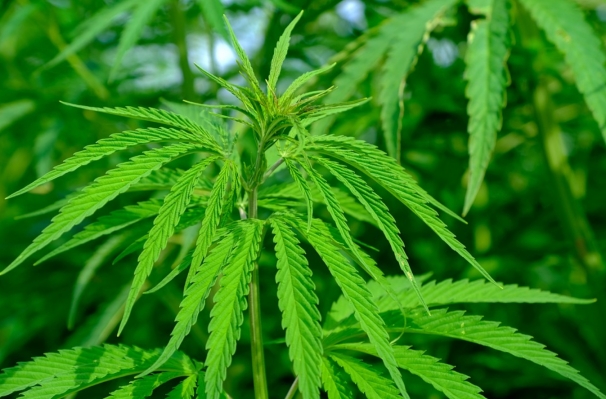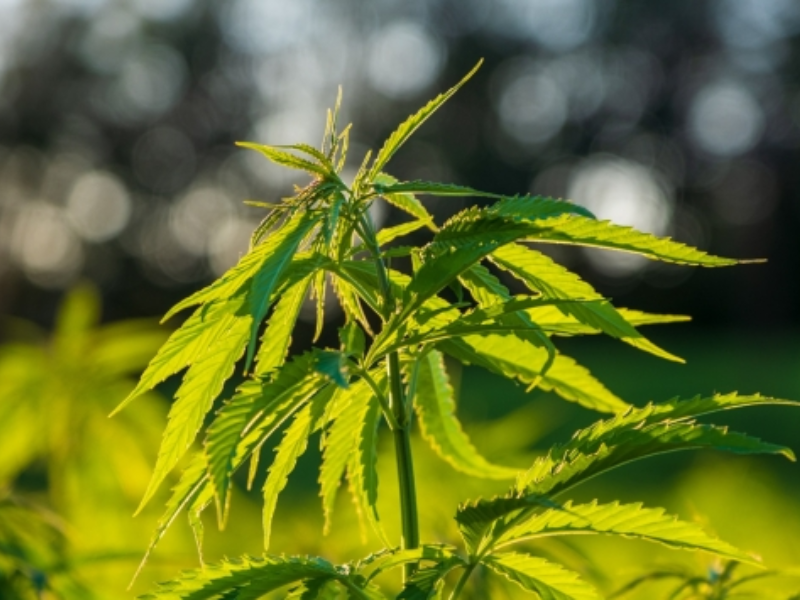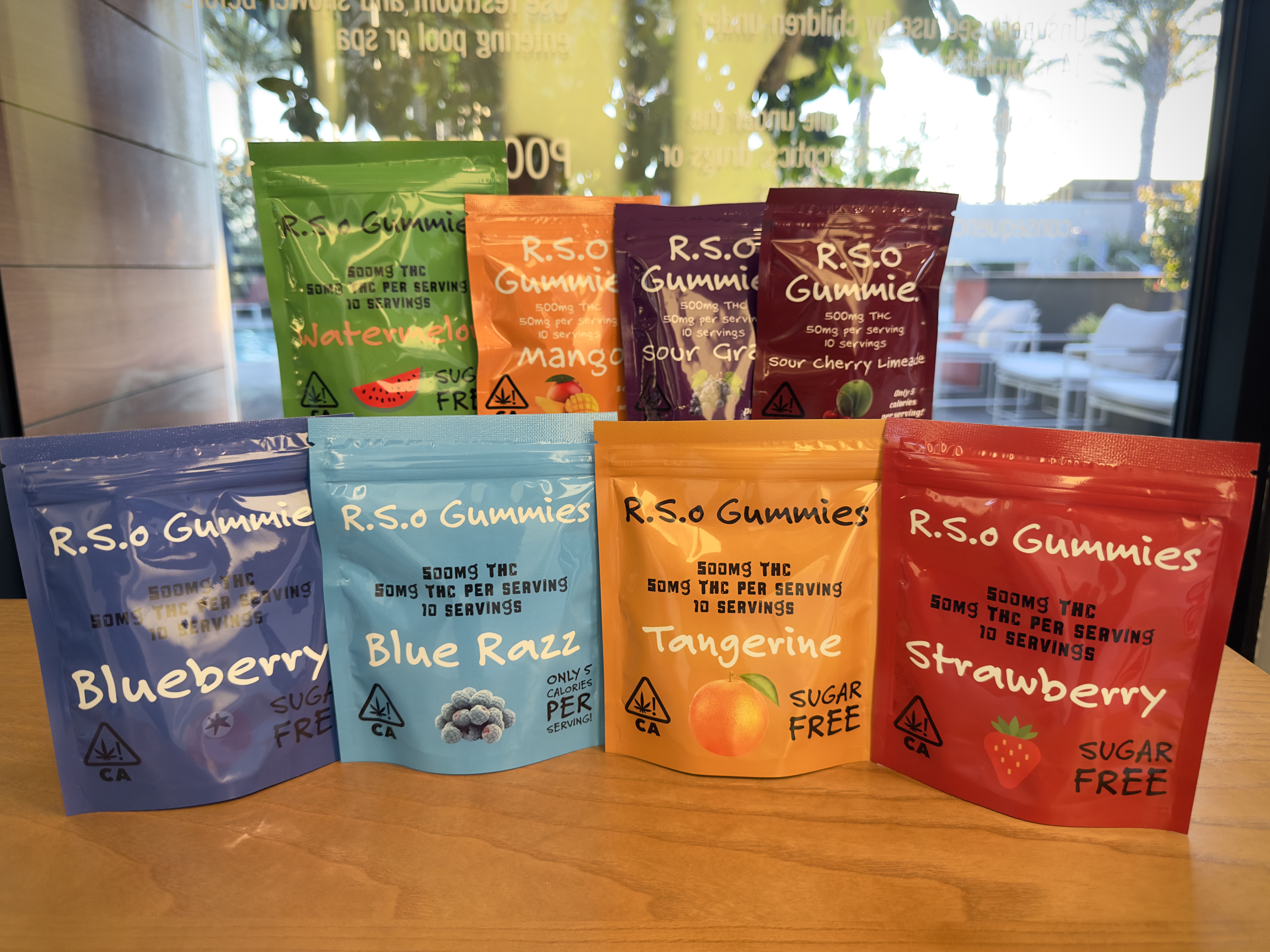Many cancer patients turn to cannabis oils like RSO and FSO for relief when standard treatments fall short.
But what is the difference between FSO vs. RSO?
Rick Simpson Oil (RSO) is a full-spectrum, high-THC oil that contains all of the plant’s helpful compounds. It’s often used by cancer patients for strong relief.
Full-spectrum Oil (FSO) is a broader category made from cannabis or hemp, with potency and effects that vary.

What is FSO?
FSO is a cannabis extract that includes all of the plant’s helpful compounds – cannabinoids, terpenes, and more.
Unlike isolates or distillates, nothing important is stripped away. FSO can be made from high-THC cannabis or CBD-rich hemp, which means its strength and effects vary.
Common reasons for using FSO include pain, inflammation, sleep trouble, and mood support.
What is RSO?
RSO is a cannabis extract with very high THC levels and other natural compounds.
It was created by Rick Simpson, a Canadian medical cannabis advocate, who first used it on his own skin cancer before sharing it widely.
RSO is a full-spectrum, high-THC oil that includes THC along with the plant’s other natural compounds, such as cannabinoids and terpenes.
Because of its potent THC levels, RSO is typically used by patients seeking stronger relief, especially those dealing with cancer-related symptoms like pain, nausea, or loss of appetite.
FSO vs. RSO: What’s the Difference?
Both FSO and RSO capture the plant’s full range of compounds, but they aren’t the same. They differ in potency, purpose, and how they’re made. Here’s a breakdown.
Extraction Method
FSO can be made with several extraction methods, including CO₂, ethanol, or hydrocarbons. These pull cannabinoids, terpenes, and other compounds from the plant.
RSO is usually made with food-grade ethanol, but it was once made with isopropyl alcohol.
The process creates a thick, dark oil with cannabinoids, terpenes, chlorophyll, fats, and waxes, giving RSO its strong taste and color.
Potency & Effects
FSO strength depends on the source. Hemp-based FSO is high in CBD and does not cause a high. Cannabis-based FSO can have moderate to high THC levels.
RSO is almost always made from high-THC cannabis and often tests at 60–70% THC or more, which gets you high and produces very strong effects.
Benefits & Uses
FSO and RSO are both full-spectrum oils that carry cannabinoids, terpenes, and other compounds from cannabis.
Hemp-based FSO is used for things like stress, inflammation, sleep, and recovery, and it does not cause a high.
Cannabis-based FSO can help with moderate pain or appetite.
RSO, because of its very high THC, is most often used for cancer symptoms, severe pain, and appetite loss during intense treatments.
Consumption Methods
FSO can be taken under the tongue, added to food or drinks, applied to the skin, or put into capsules. It has a lighter consistency than RSO, so it’s easier to prepare in oils, capsules, or topicals.
RSO is thicker and tar-like, usually dispensed from a syringe for accurate dosing, which is the most common method of using RSO. Because of its strong taste and potency, many patients choose pre-made products such as RSO gummies, capsules, or tinctures.
FSO vs. RSO vs. FSHO
Full-spectrum hash oil (FSHO) is another full-spectrum oil patients may come across. Here’s how it compares to both FSO and RSO.
FSO vs. FSHO
Both FSO and FSHO are full-spectrum cannabis extracts, but they start from different materials.
FSO comes from dried cannabis flower and includes cannabinoids, terpenes, chlorophyll, fats, and waxes, producing a heavier, raw oil.
FSHO is made from hash or kief – concentrated trichomes taken from the plant – which creates an oil with less plant matter, a smoother taste, and often a lighter color.
Because of its concentrated base, FSHO can be more potent per volume, while FSO keeps more of the whole-plant profile.
RSO vs. FSHO
RSO and FSHO are both full-spectrum extracts, but they differ in how they’re made and how they taste.
RSO is produced from whole cannabis flower and includes cannabinoids, terpenes, chlorophyll, waxes, and fats. This gives it a dark color, thick texture, and strong flavor. It is almost always high in THC, making it a common choice for cancer patients and others dealing with severe pain.
FSHO, made from hash or kief, contains less plant matter. It usually has a smoother flavor, a lighter appearance, and a slightly different terpene balance, while still providing the entourage effect.
Conclusion: Which is Right For You, FSO or RSO?
RSO and FSO are both full-spectrum cannabis oils, but they are not the same.
RSO is high in THC and most often used for cancer symptoms, severe pain, and other serious conditions.
FSO can be made from hemp or cannabis, so its effects range from non-intoxicating CBD relief to moderate THC support.
Patients who need very strong effects usually choose RSO, while those looking for lighter options may prefer FSO.
FSO vs. RSO: Frequently Asked Questions
Here are some questions our customers frequently ask us about FSO vs. RSO:
What’s The Difference Between RSO And FSHO?
RSO is made from whole cannabis flower and includes chlorophyll, waxes, and fats. FSHO is made from hash or kief, which creates an oil with less plant matter and a smoother taste.
What’s The Difference Between RSO And FECO?
RSO is traditionally made with ethanol or isopropyl alcohol, producing a thick, dark, high-THC oil. Full extract cannabis oil (FECO) is also ethanol-extracted but may be refined differently and isn’t always as high in THC.
Is FSO Potent As RSO?
Not always. FSO potency depends on the source – high-THC cannabis FSO can rival RSO, but hemp-derived FSO is much lower in THC.
Does RSO Get You More High?
Yes. RSO typically contains very high THC levels, often over 60–70%, producing stronger intoxicaging effects than most other cannabis oils.







